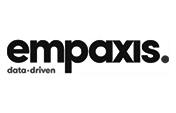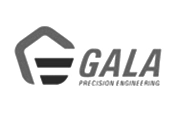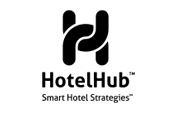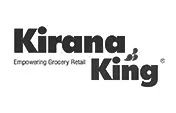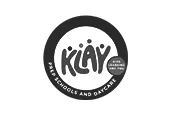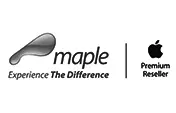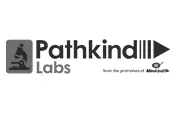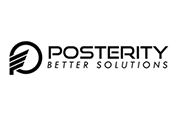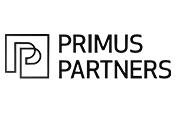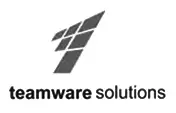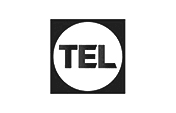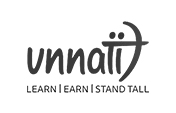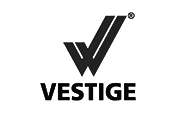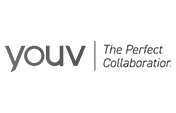Each worker getting involved in career development can have their own Learning Path. They
are
interdisciplinary since our jobs are multifactorial, and individuals need to be competent in
multiple areas.
They are comprehensive and end-to-end frameworks; therefore, trainees end up spending more
hours
on a Learning Path than on a module.
Ultimately, they are highly complicated and customized to bring the trainee from a beginner
level to an advanced stage. Their primary feature is learner control
Employees can start from just about any point along the educational journey. This authority
over
the learning process improves people's cognitive capacity, as everybody begins from the
track
segment that best fits their level of experience and skill sets.
What Are the Benefits of Using Learning Paths in Your
Company?
Learning Paths offer numerous benefits for your firm and your employees, resulting in
the
convenient delivery of training courses.
Sets Up a More Organized Training plan
Learning Paths enable the addition of a formalized structure to educational programs.
While
rolling out learning materials to your employees, you can regulate both the sequence in
which
lessons are delegated and the timeline within which they become accessible.
Saves the Time of Administrators
As an administrator, it's common for a Learning Path to be established well ahead of
time
for
learners enrolling to reduce implementation time. When you assign the learner to a
certain
path,
they're pretty much self-sufficient. Your trainee completes one course and is
automatically
added to the subsequent module — without much effort from your end.
Facilitates Self-Paced Learning
Staff members vary in their capacity to learn, comprehend, and then use knowledge. In
the
absence of learning paths, they would be forced to conform to a particular speed, making
it
more
difficult to keep up.
Learner paths make the learning process self-paced, which is a huge benefit. Trainees
get to
select the time, location, and knowledge they want to acquire through your L&D programs.
In
fact, the control of preference transitions from the admin to the trainees.
Learning Paths With Levels
Here, Learning Paths have levels. Each level can have compulsory or optional courses,
including
choice-based instruction. Your learner masters a level when they finish it.
Level learning blends sequential and alternative learning. You can choose the number of
stages
and goals for this course. Each of these learning paths can have a time limit. Context
matters.
Makes it Possible to Specify and Achieve Objectives
One possible explanation behind why training programs underperform would be that they
lack
an
objective. Learner paths completely eradicate disparities and give purpose to the
process of
learning with well-defined targets.
As training becomes purpose-driven, workers are able to get a feeling of accomplishment
and
motives for registering for and completing the program. With instantaneous and
perceptible
roadmaps, trainees will be encouraged to finish the training and will know how much
further
they
are from attaining their goals.
Helps Expedite L&D Goals
Employee
training
aims to upskill people
and align their abilities with the organization's
evolution, growth, and needs. This is, in fact, the definition and end goal of any L&D
practice,
which is crucial for a firm's success in the long run.
With the help of learner paths, businesses can correlate courses to recognize and
resolve
immediate needs. Since several modules, working in tandem, make a contribution to the
end
objective, workers can quickly and easily enforce their skill sets — acquired from the
learning
modules.
Helps Promote Constant Feedback
Learning alone won't enable learners to acquire knowledge and skills. Rather, they
should
regularly receive ongoing and meaningful feedback to ensure they're on the correct path.
A learning path, accompanied by a gamut of assessments and methodologies to implement
the
knowledge gained, will assist the organization and its employees in evaluating whether
the
initiatives are beneficial from a corporate perspective.
Because a learning path contains various modules, administrators can supervise how each
worker
interacts with each lesson and introduce tweaks to the curriculum as required. Since
feedback
would be almost instant, professionals will get the chance to rectify themselves.
Makes the Learning Process Continuous
In contrast to the last ten years, employees are now much more familiar with the concept
of
upskilling and eager to learn. The "eagerness" to gain knowledge varies depending on how
immersive and pertinent the lessons are.
Employees are more willing to remain in organizations that are extremely passionate
about
professional growth. With the help of learning paths, companies can regularly upgrade
their
training courses and are flexible enough to add modules and functionalities in between.
Mini Bites Are Best for Knowledge Absorption and Retention
Learning paths make it much easier to convey information in a structured manner over
time
effectively. This is particularly essential to engage and keep talent, as training can't
be
done
once and abandoned.
To make the knowledge gained useful and financially beneficial for the company, it
should be
repetitively delivered through various networks in an interactive way.
Since learning paths implement the concept of bite-sized learning, aka microlearning,
there'll
be minimal clutter and cognitive stress on employees. Small bits can also enhance
knowledge
retention because education is more comprehensible with fewer key takeaways but
additional
time
to digest.
Fosters a Learning Atmosphere
As discussed, employees generally stick with companies, which invest in developing their
skills.
With the help of learning paths, enterprises can foster an educational atmosphere that
sees
skills training as ongoing and vital.
As companies spend more on learning, they can identify neglected skill gap areas in
employee
development, which, once addressed, can enhance efficiency. Beginning with new employee
orientation, learning paths make it possible for employees to grow professionally when a
solid
route is set.
When learning turns into a routine, companies can significantly reduce the costs
incurred
while
holding pricey seminars or recurring talent hunts. As staff members hone their skill
sets,
meeting the demands for skills from different departments will become smooth.
Furthermore, learning will be less daunting because staff members can forecast the
amount of
time needed and the effort required to gain mastery of a topic.























